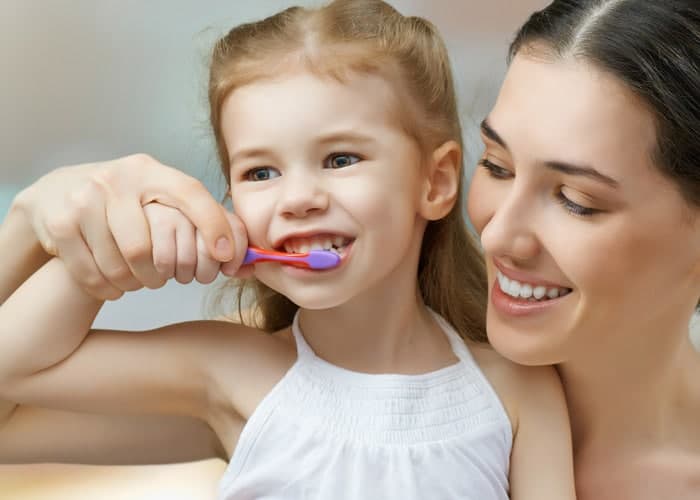Your Toothbrush Doesn’t Last Forever
We rely on our toothbrushes every day to keep our smiles clean and healthy—but many people don’t realize they may be using theirs for too long. Over time, bristles wear out and become less effective at removing plaque and bacteria. The American Dental Association recommends replacing your toothbrush every three to four months, or sooner if the bristles become frayed. A worn toothbrush can’t do its job and might even harbor germs that lead to oral health issues.
The Hidden Risks of an Old Toothbrush
Using an old toothbrush isn’t just less effective—it can actually increase your risk for cavities and gum disease. Damaged bristles can irritate your gums and miss areas where plaque builds up. Additionally, your toothbrush can collect bacteria from your mouth and the environment, especially if it’s stored in a damp or enclosed space. Replacing your toothbrush regularly is a small habit that makes a big difference in your long-term oral health.
Choosing the Right Toothbrush for Your Smile
Whether you prefer manual or electric, the right toothbrush should have soft bristles and a comfortable grip. Soft bristles are gentle on enamel and gums, while still being effective at cleaning. Electric toothbrushes can be especially helpful for people who need extra support with brushing technique. Don’t forget to rinse your brush thoroughly and let it air dry between uses to prevent bacterial growth.
Healthy Smiles Start in Issaquah, WA
At Meadow Creek Dental, we’re here to help you build strong oral care habits—starting with your toothbrush! Regular dental checkups, combined with a healthy home routine, keep your smile bright and your gums healthy. Not sure if it’s time to switch your brush? Ask us at your next visit—we’re happy to help you find the best tools for your smile.


